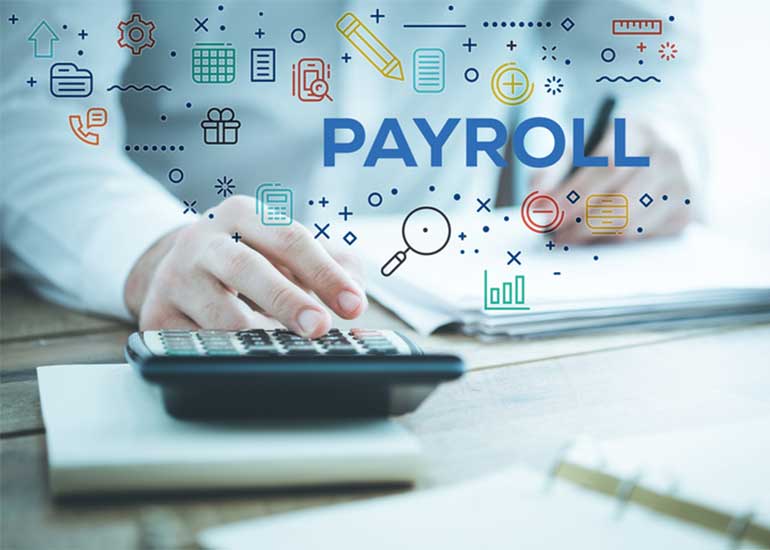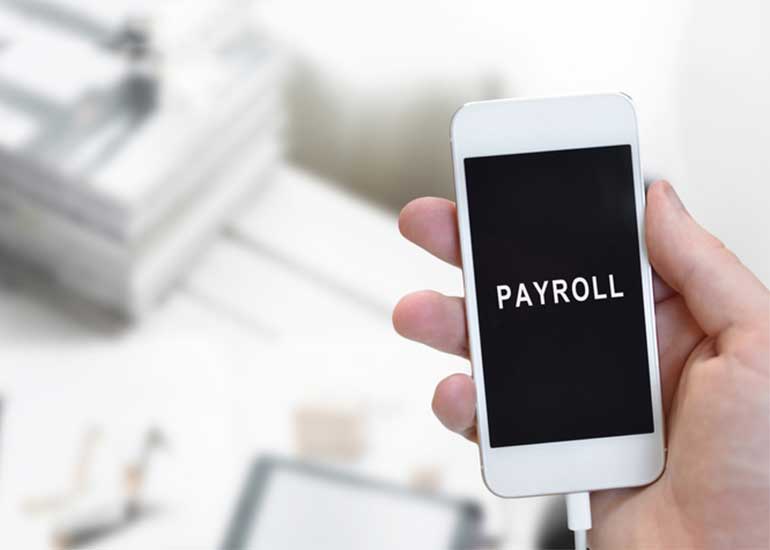How To Avoid Payroll Fraud Schemes

How To Avoid Payroll Fraud Schemes
According to Forbes, 27 percent of businesses experience payroll fraud. It is also twice as likely to occur in smaller businesses than larger ones. While fraudulent payroll activity is usually not preventable, it is detectable. Here are the types of fraudulent payroll practices you should look out for and how to avoid them.
Types of Payroll Fraud
There are many types of fraudulent payroll schemes. Here are the ones you may be most familiar with:
- Paying Ghost Employees: In this instance, the perpetrator pays an employee who does not exist.
- Overpaying Employees: This happens when the perpetrator adds more money to his or her or someone else’s paycheck, often by timecard falsification.
- Underpaying Employees: In order to facilitate overpayments without skewing the budget, sometimes the perpetrator may underpay other employees to balance the numbers.
- Misclassifying Employees: The only preventable payroll fraud, this happens when companies illegally classify employees as 1099 workers or independent contractors to avoid paying taxes.
How To Detect Fraudulent Payroll Schemes
The best way to detect fraudulent schemes is to audit payroll records. Companies may charge someone outside of payroll with the task of reconciling the accounts quarterly. Another option is to hire an auditor from outside the company to take on this task. This is an easy way to catch timecard falsification and ghost employees.
When it comes to misclassifying workers, the employer must make a personal commitment not to do so. Employers can hold themselves accountable by hiring external auditors or payroll specialists to check the books. If an employer is in doubt about whether or not a worker is an independent contractor or employee, it is best to seek professional advice or err on the side of caution.

